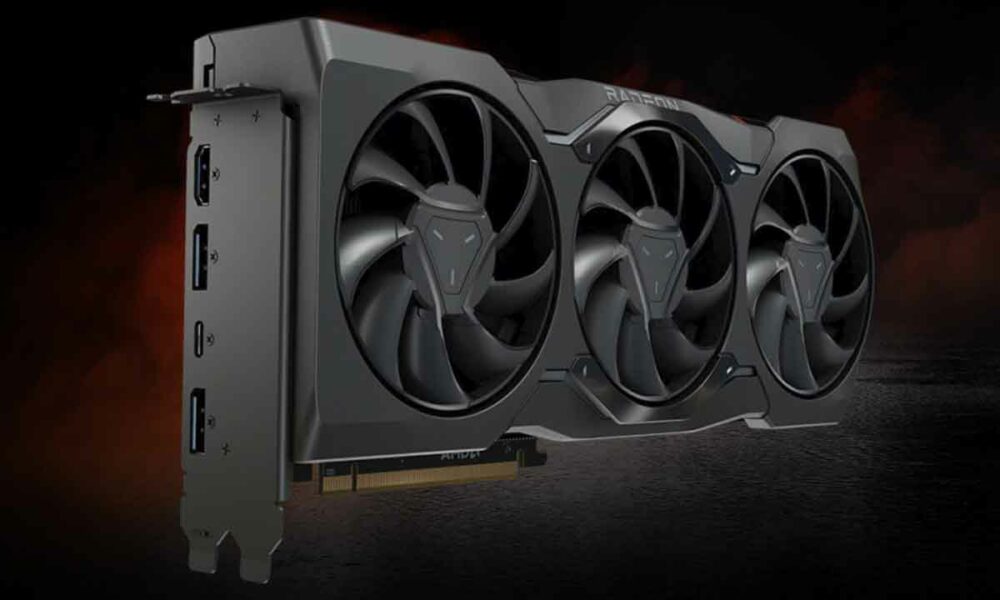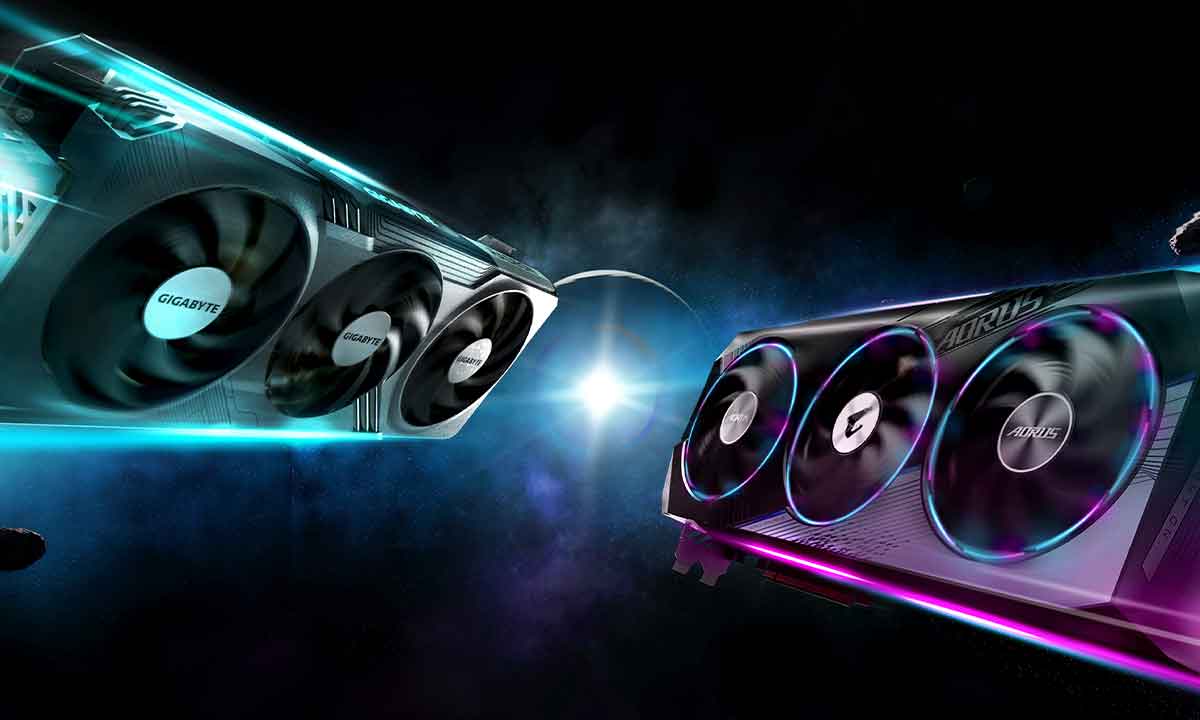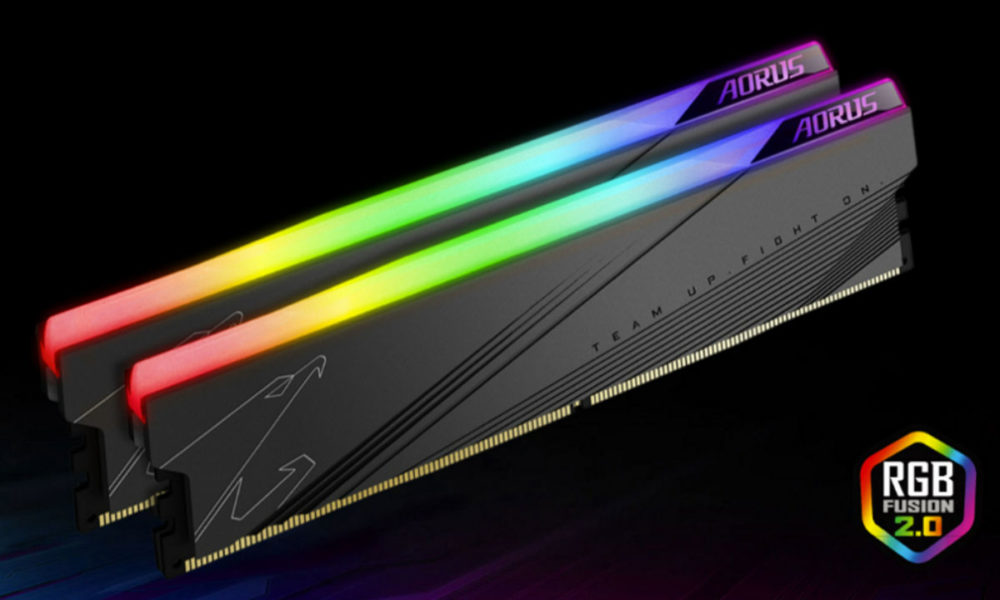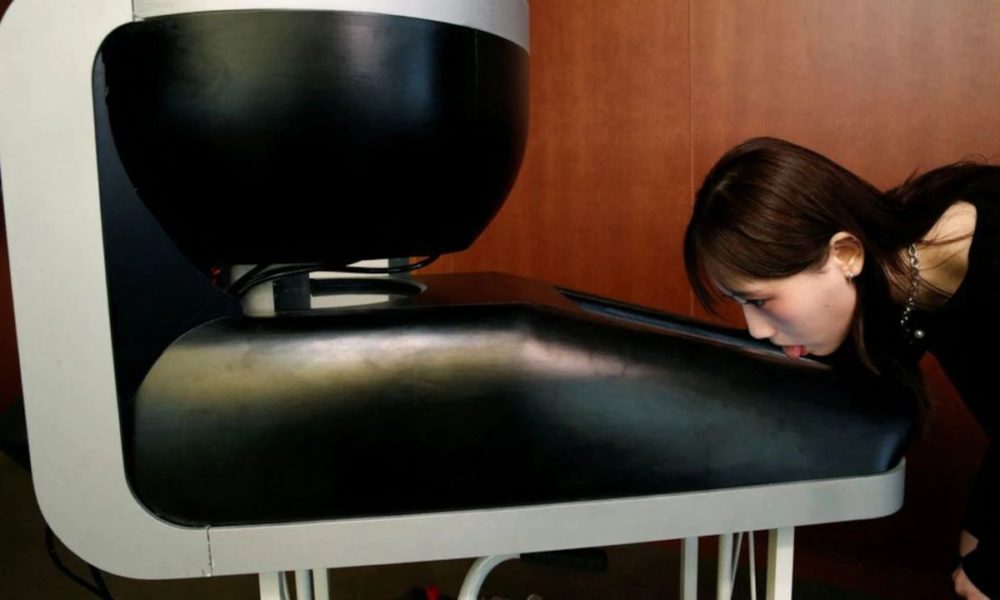
The wait is finally over. Since Lisa Su took the stage on November 4 to present the Radeon RX 7900 XT and Radeon RX 7900 XTX, we have seen how some manufacturers announced their proposals, we have been shelling out what we can expect from the top of the range of this new generation and, in addition, we have warned you about the proliferation of some performance tests that you should not believe, no matter how much they are being published everywhere. All of this with an eye toward today, the day the Radeon RX 7900 XT and Radeon RX 7900 XTX finally hit the market.
These new graphics cards mark the debut of the RDNA 3 architecture, a technology that we have been talking about for some time and that brings up some very interesting innovations compared to its predecessor, such as HDMI 2.1 support, something that AMD has managed to get advantage to NVIDIA with its RTX 40. According to AMD’s own data, in terms of brute force RDNA 3 represents a 54% performance improvement compared to its predecessor, to which we must add other improvements that make the jump even higher than the RX 6000.
With recommended prices starting at 1,159.99 and 1,059.99 euros for the Radeon RX 7900 XTX and Radeon RX 7900 XT respectively, price is another very important trick in the confrontation between AMD and NVIDIA in this new generation. And it is that we must remember that the prices of the RTX 4090 and RTX 4080 in the market are much higher. Something to which we must add that AMD affirms that the consumption-performance ratio is more optimal in its new generation than in NVIDIA’s.
These are the points highlighted by AMD in its new generation:
- AMD RDNA 3 Architecture – Thanks to an advanced chiplet design, which benefits from the redesign of the compute units and the second generation AMD Infinity Cache technology, the RDNA 3 architecture offers up to 54% more performance per watt than RDNA 2.
- Chiplet Design – The world’s first gaming GPU with chiplet design delivers up to 15% higher clock speeds, with up to 54% higher power efficiency.
- Generational relief – The flagship AMD Radeon RX 7900 XTX offers considerably better 4K performance than the Radeon RX 6950 XT.
- Support for DisplayPort 2.1 – They are the only high-end gaming graphics cards that support DisplayPort 2.1 technology, with UHBR 13.5. Allowing you to enjoy high-resolution 4K (up to 480Hz) or 8K (up to 165Hz) gaming on next-generation displays.
Let us recall, below, the specifications of both AMD GPUs:
| Radeon RX 7900 XTX | Radeon RX 7900XT |
| Navi 31 graphics core with MCD (Multi-chiplet Die) design in 5nm node for the GPU block and 6nm for the cache block. | Navi 31 graphics core with MCD (Multi-chiplet Die) design in 5nm node for the GPU block and 6nm for the cache block. |
| 6,144 shaders. | 5,376 shaders. |
| 384 texturing units. | 336 texturing units. |
| 192 raster units. | 192 raster units. |
| 2.3GHz-2.5GHz GPU, normal and turbo mode. | 2GHz-2.4GHz GPU, normal and turbo mode. |
| 61 TFLOPs of power in FP32. | 52 TFLOPs of power in FP32. |
| 96 computing units. | 84 computing units. |
| 96 units for second generation ray tracing acceleration. | 84 units for second generation ray tracing acceleration. |
| 192 units for artificial intelligence acceleration. | 168 units for artificial intelligence acceleration. |
| 384-bit bus. | 320-bit bus. |
| 24 GB of 20 GHz GDDR6 memory with a bandwidth of 960 GB/s. | 20 GB of 20 GHz GDDR6 memory with 800 GB/s bandwidth. |
| 96 MB of infinite cache with a bandwidth of 5.3 TB/s. | 80 MB of infinite cache. |
| PCIe Gen4 x16 interface. | PCIe Gen4 x16 interface. |
| 355-watt TBP requires two 8-pin power connectors. | 300-watt TBP requires two 8-pin power connectors. |
More information: AMD




